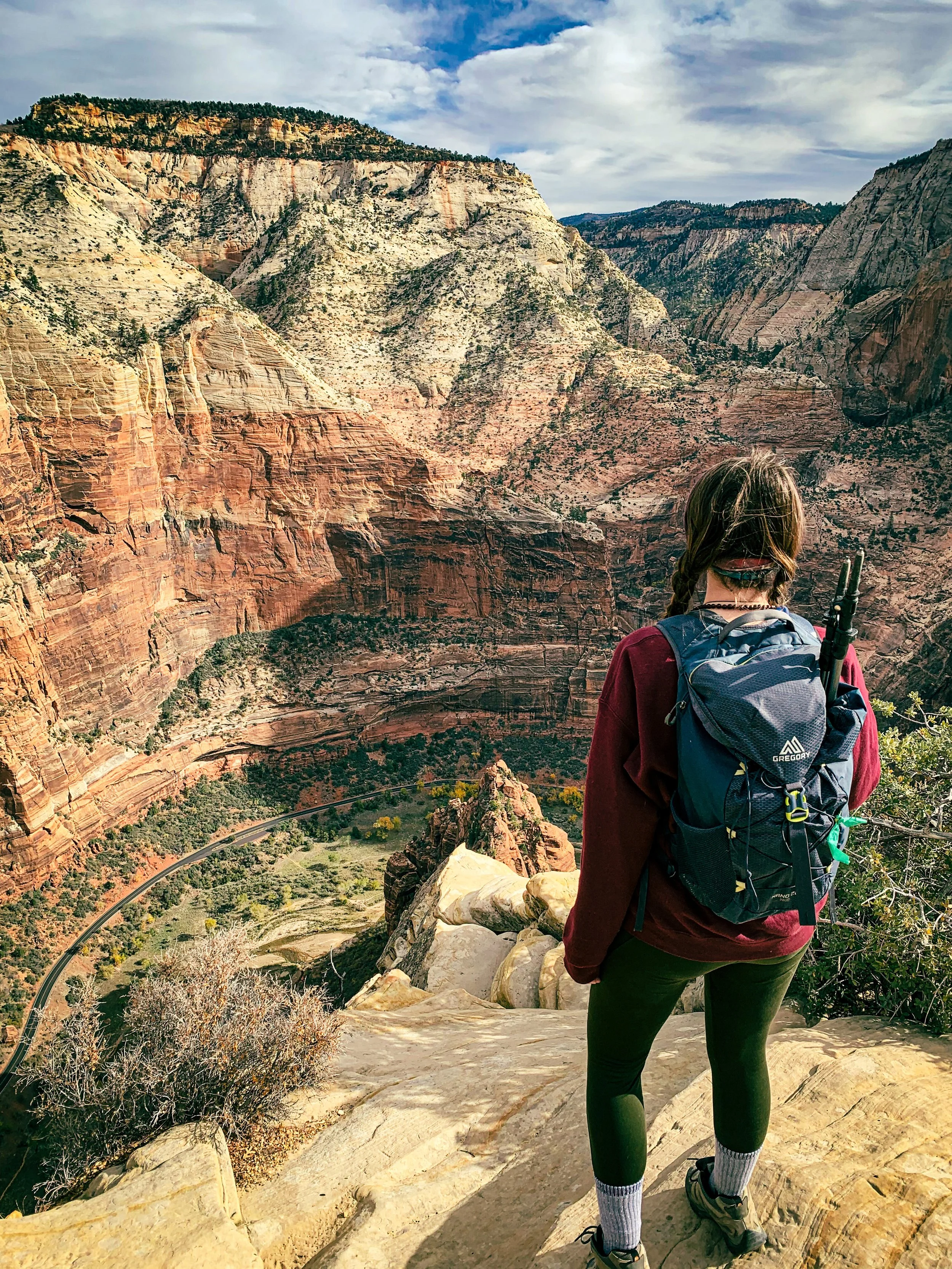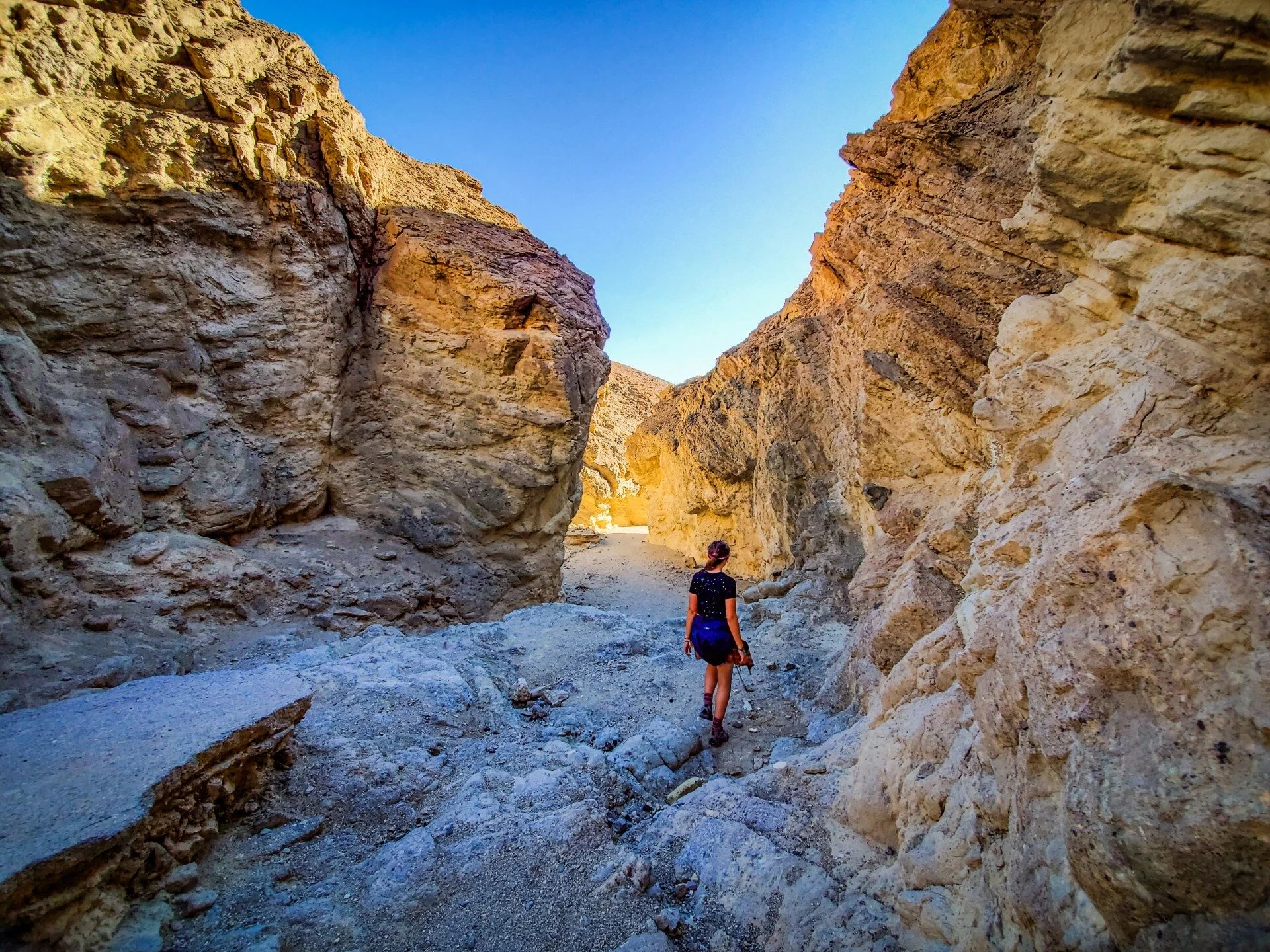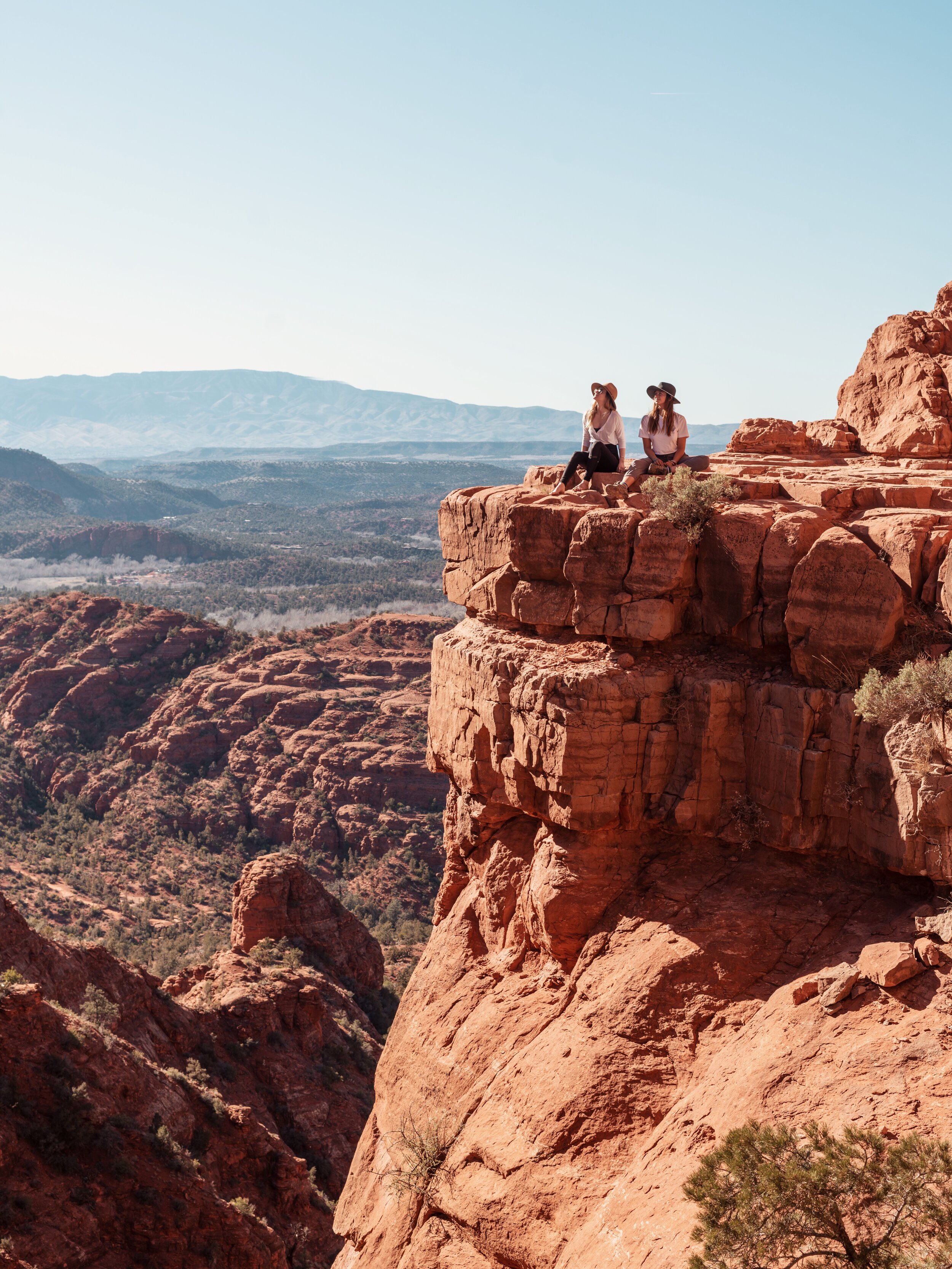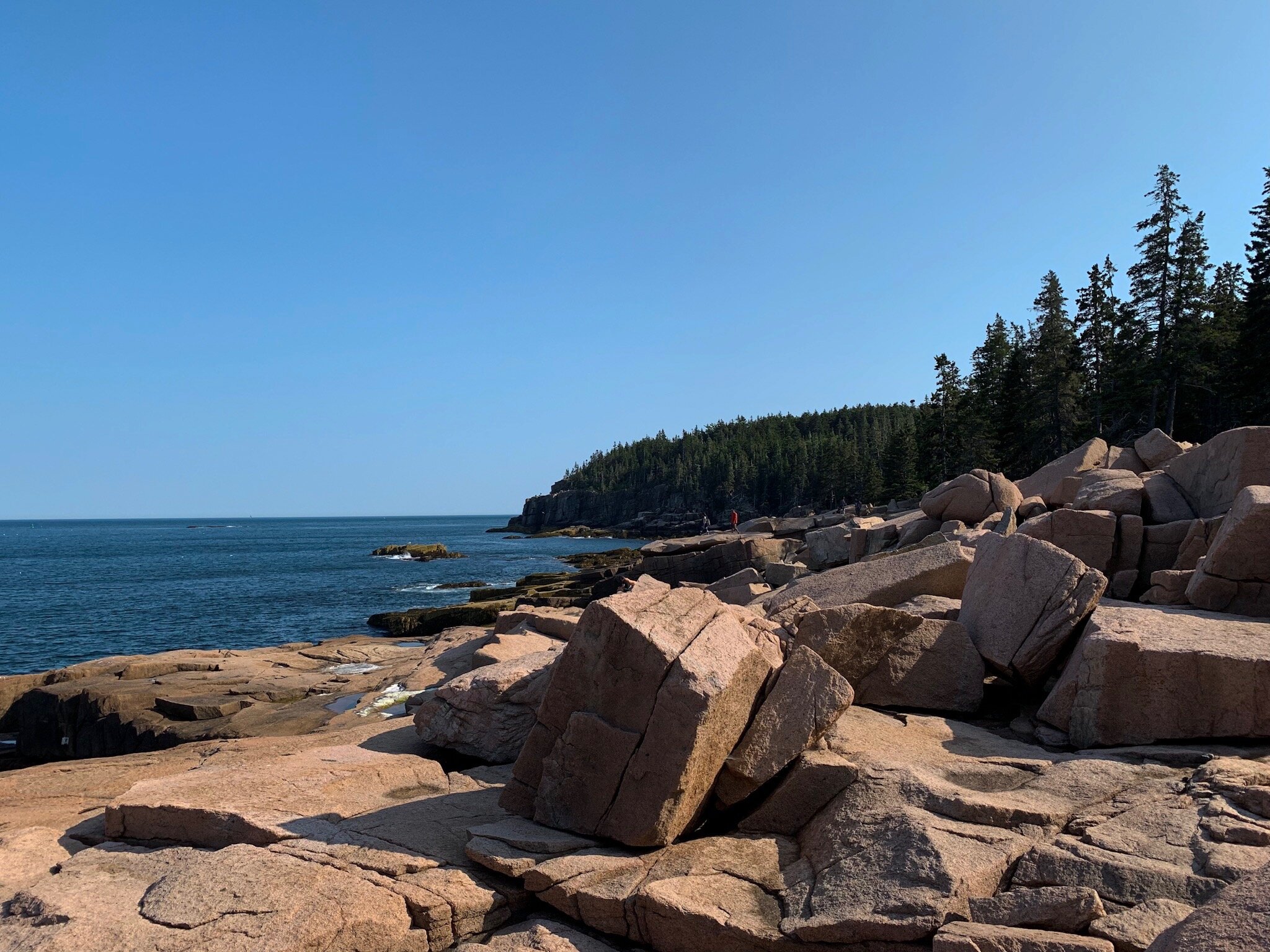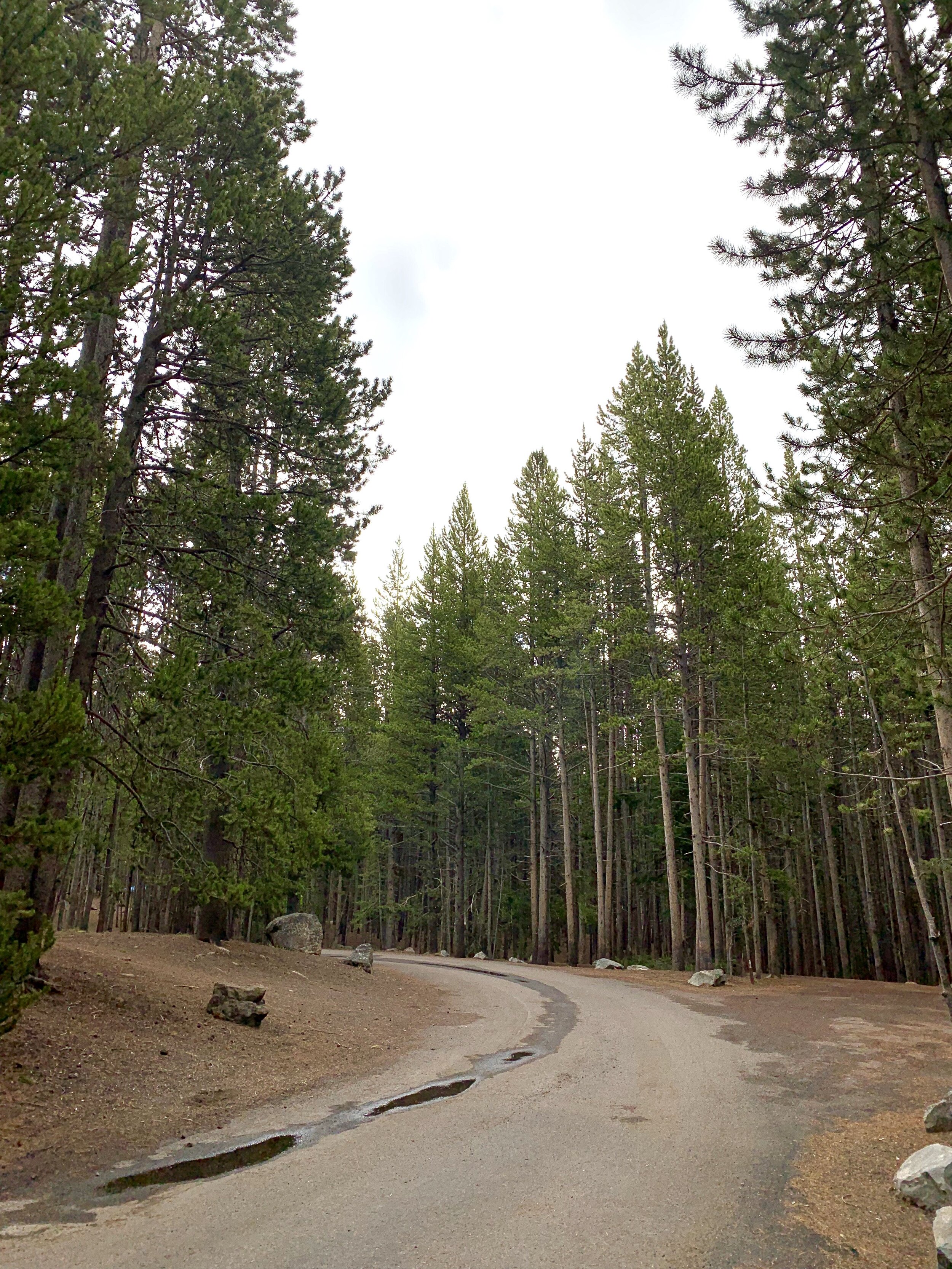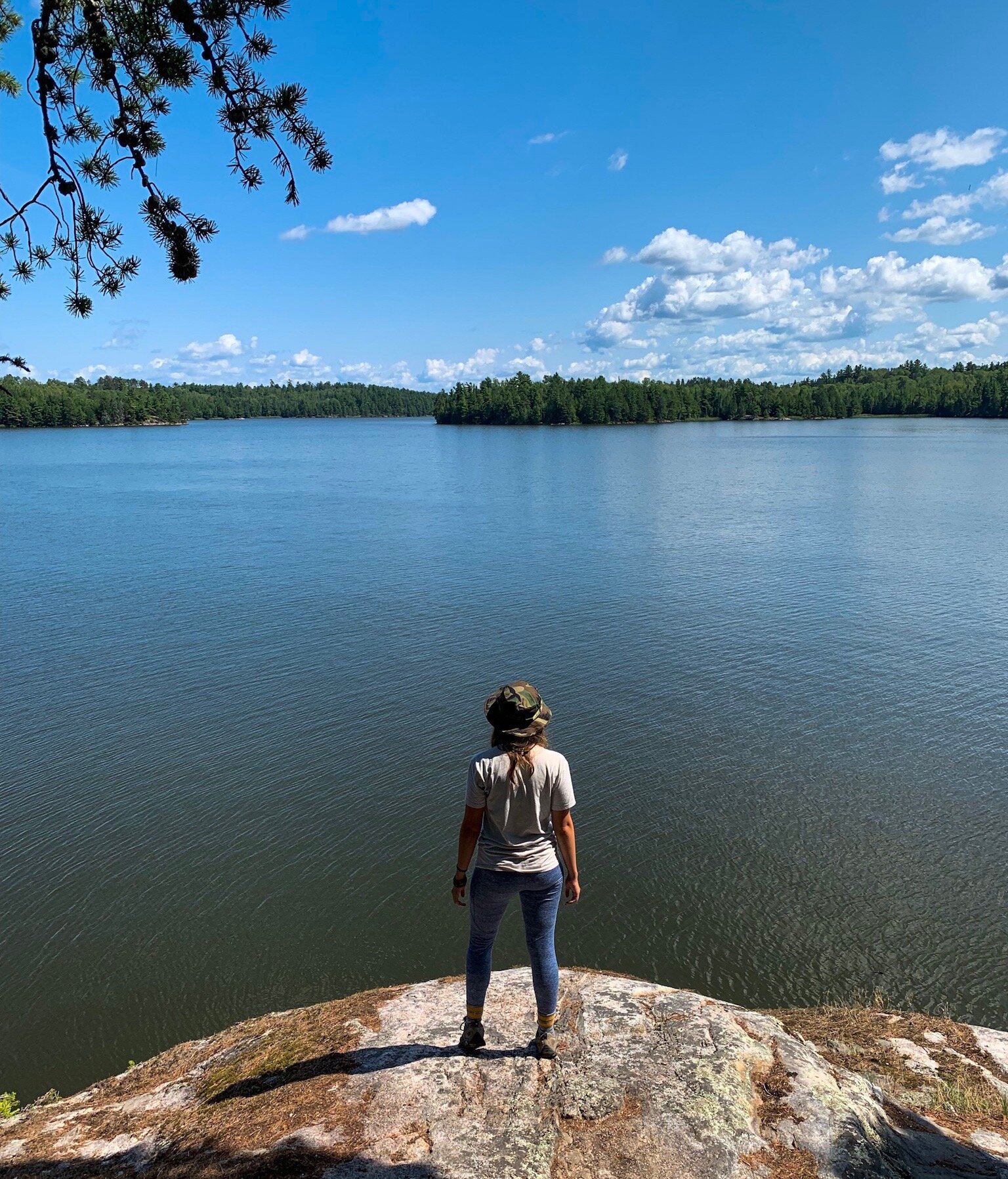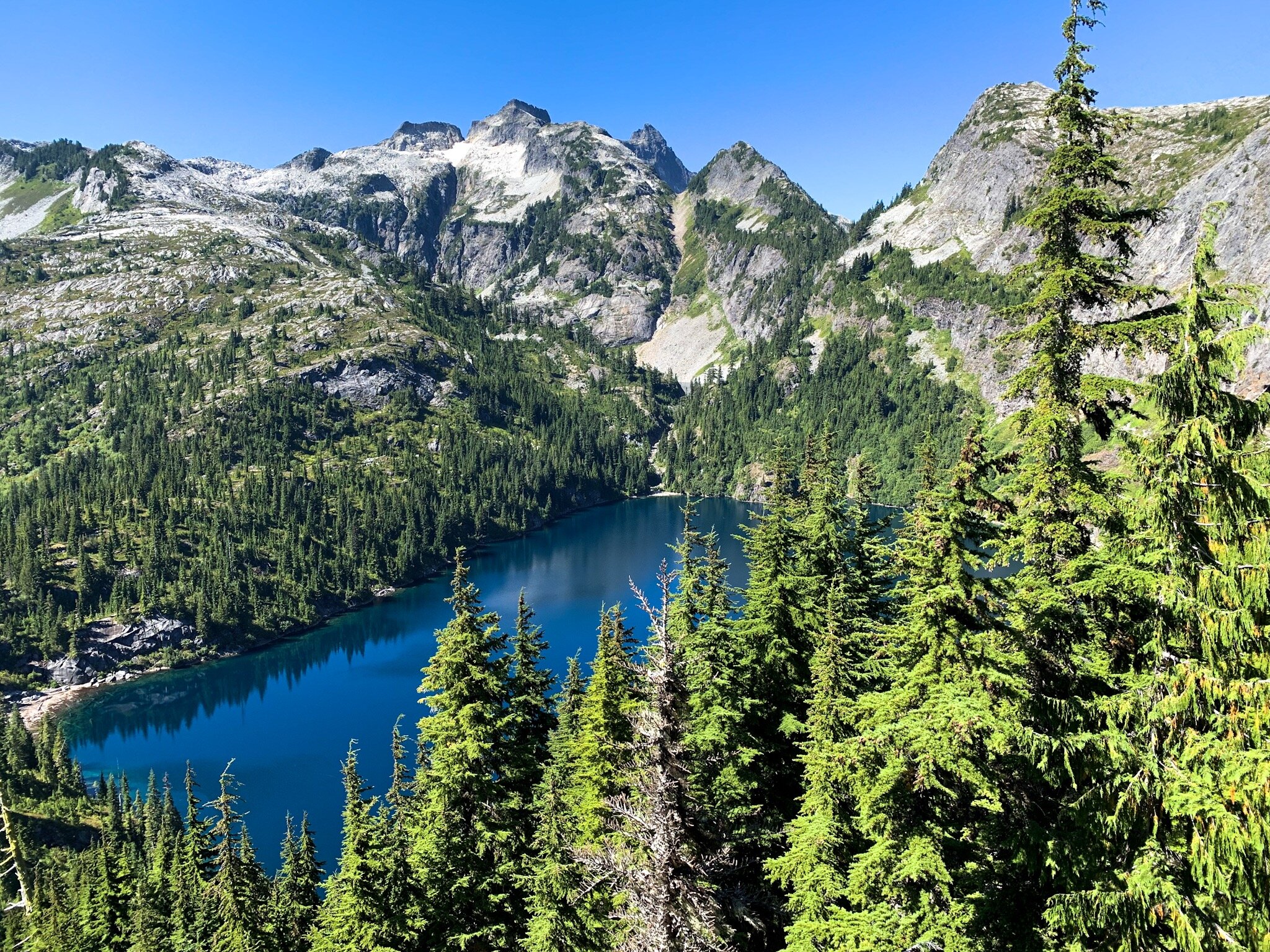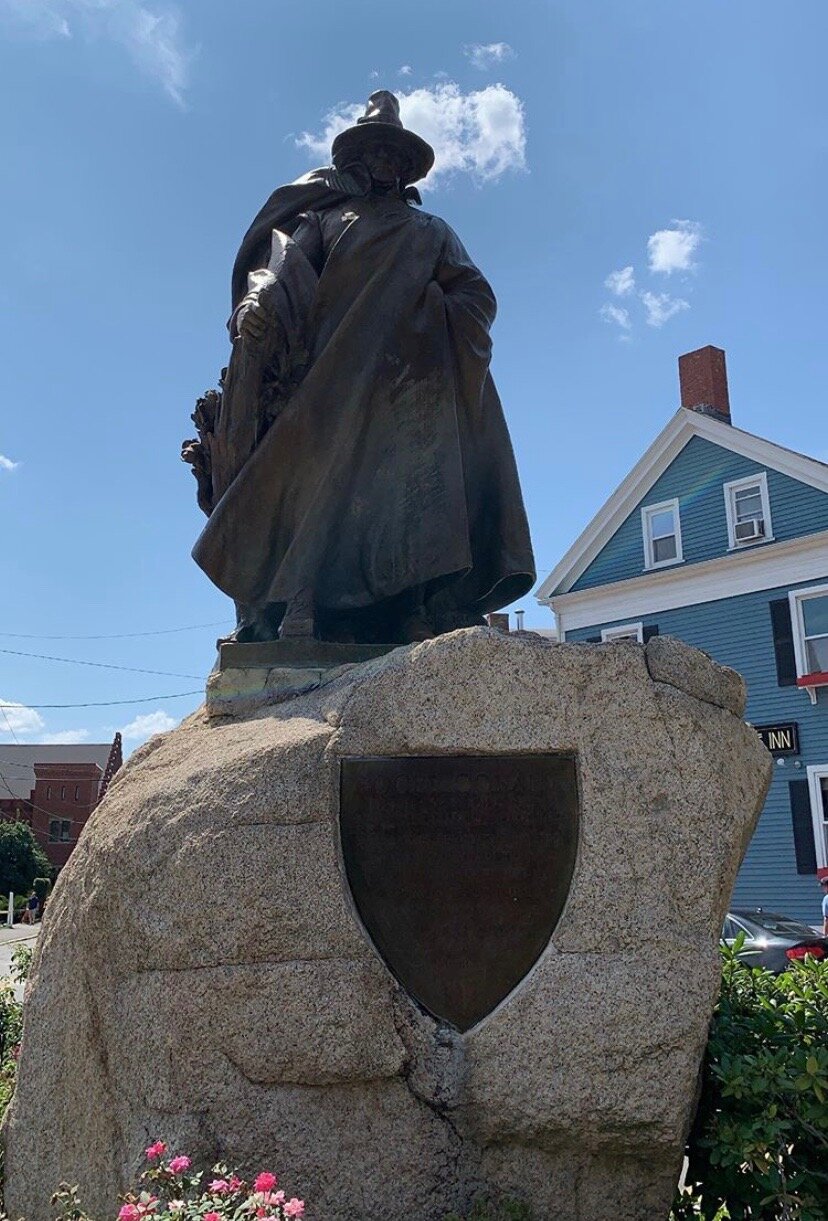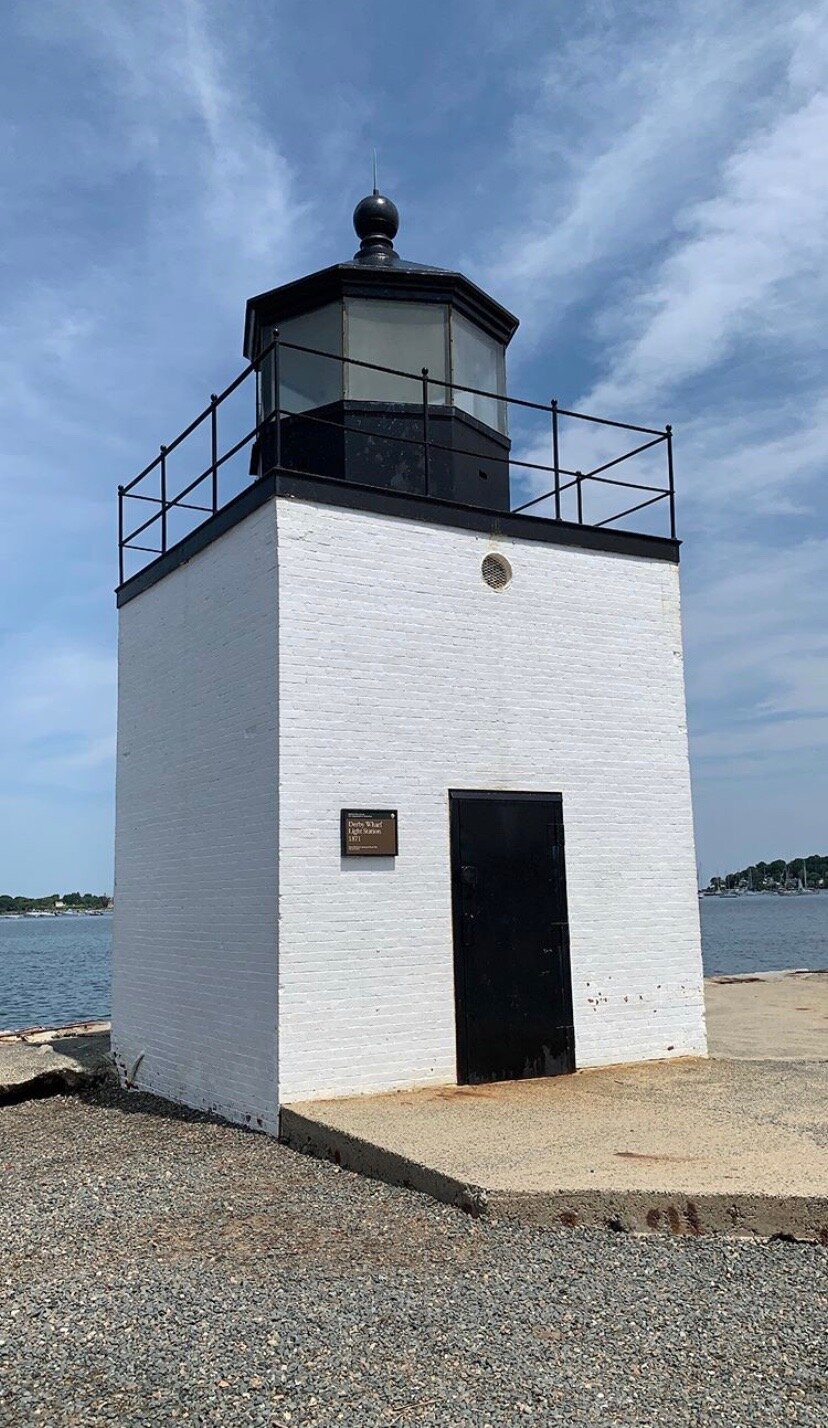A Vanlife Guide to Sedona, AZ
If you’re a person who lives on wheels, or even just a person who hates winter, it’s no secret that Arizona is the place to be in January. Nearly every person living that vanlife on the west coast (and some from the east!) comes to Arizona at the end of January every year. After the annual gatherings in Quartzite, me and my new Van Fam (follow them at emma.goes and theotherground) headed out to Sedona, a place I’d been dreaming of visiting for about two years now.
Sedona is one of the most powerful spiritual centers in the country, and is home to tons of red rocks and beautiful hikes. Prior to coming out here, I had no idea how easy it would be to be an overlander in Sedona, but the truth is, Sedona is one of the most vanlife friendly cities I’ve ever visited.
Me and Emma at Cathedral Rock. Photographer: Brien @theotherground
Where is Sedona?
Sedona is located in north-eastern Arizona, making it one of the colder areas of Arizona. It is about 7 hours from the California coast, 5 hours from Joshua Tree, and 3.5 hours from Quartzite, AZ.
Where should I park?
As I said, Sedona is incredibly van friendly, but that means it’s incredibly camp friendly too. This isn’t the type of city where vanlifers are lining the streets, it’s a city surrounded by National Forest land. The best spots to park are along Forest Road 525. You’ll be sure to meet plenty of other van dwellers, and if you drive far enough, you’ll reach the Palatki Native American Ruins. You obviously can’t park at the ruins, but there are spots nearby where you’ll have vast views of the red rocks.
At camp, somewhere on FR525. Photographer: Emma @emma.goes
What are the best restaurants?
We frequented two amazing vegan/vegetarian restaurants while we were in Sedona: ChocolaTree and Local Juicery. A few of our friends actually work at Local Juicery, so definitely go say hi and support your fellow vanlifers (plus, their avocado toast is the best I’ve ever had). ChocolaTree is more of a spiritually minded spot. It has more of a sit-down restaurant feeling to it, so it’s worth going if you’re craving a hot dinner.
Where can I get water?
Living off the gird means certain things aren’t as easy as they could be in a house. One of those things is water. Luckily, ChocolaTree has a spigot with fresh spring water outside their restaurant that they allowed us to fill our 6 gallon tanks with.
Me at Devils Bridge—the most famous hike in Sedona! Photographer: Emma @emma.goes
Where can I go to get in a work day?
There’s always Starbucks, but if you’re looking to get in a work day and catch some views, head to Creekside Coffee. Here, you’ll have views of Snoopy Rock, and can snag some WiFi, even outside.
If you’re interested in learning more about making money on the road, check out Wired Creatives HERE!
Cathedral Rock from below
What are the best hikes to do?
If you’ve been following me for a while, you know that hiking is a huge reason I go to certain places. Sedona is a huge hiking hub, so we made it a point to hit a few of the Coconino National Forest trails while we were out there.
Devils Bridge: Devils Bridge is easily the most popular hike to do in Sedona. It features a vast, natural bridge photo op and the entire hike is about 4 miles long. Expect crowded parking, but if you have 4WD, you can make it to the real trailhead and skip walking along the dirt road. If there’s no parking, no worries, you can park on the main road too, but it’ll add about a half mile of walking. Prepare for crowds at the top too. We got lucky with a gloomy day, and only had to wait behind about 6 people each, but normally, it’s a crowd of about 150 people at the top.
Boynton Canyon Vortex: This was one of the most powerful vortexes I experienced in Sedona. It’s not a long hike, but it features red rocks and two spires that are said to represent the divine masculine and divine feminine. If you’re a spiritually minded person, you’ll love this spot, and if you get there early enough in the day, you might just catch the flute player who goes up there daily to hand out heart shaped rocks to people.
Cathedral Rock: This was my absolute favorite spot we went during our time in Sedona. It’s a hike basically made of rock scrambles, which made is extremely fun, and had some amazing photo opportunities at the top. Keep an eye out for the vortex trees—trees that appear to have been swirled (this phenomenon happens due to the high amounts of spiritual energy in the area).
Me and Emma at Cathedral Rock. Photographer: Brien @theotherground
Sedona is an absolutely magical spot. Whether you’re a spiritual person or not, Sedona will change the way you see the desert. The hikes here are breathtaking, the camping is quiet and peaceful, and it’s a great place to feel like you have a sense of community on the road.



